螺旋叶片的保养秘诀揭秘!
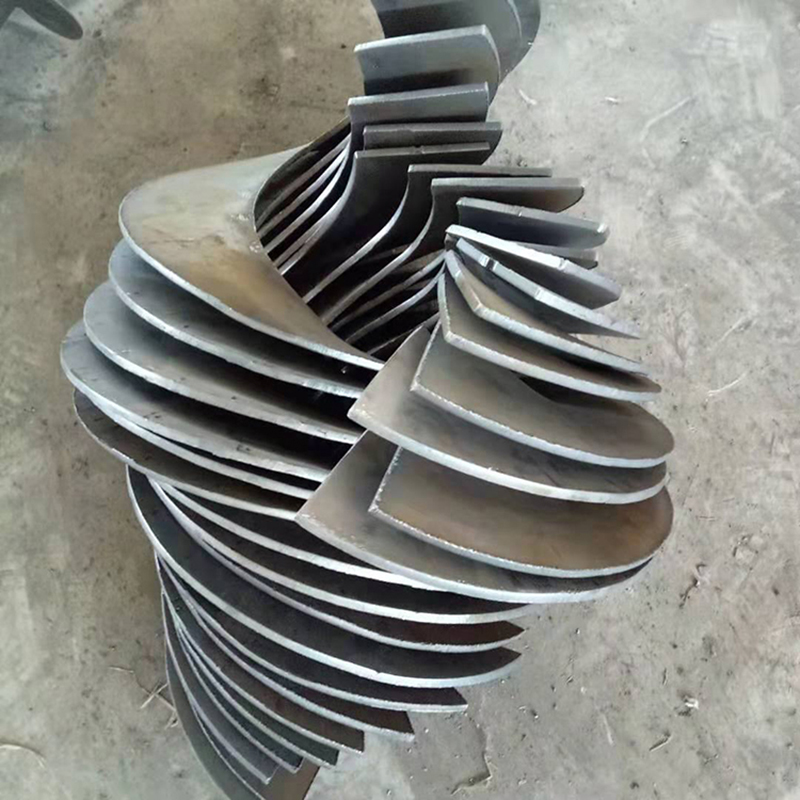
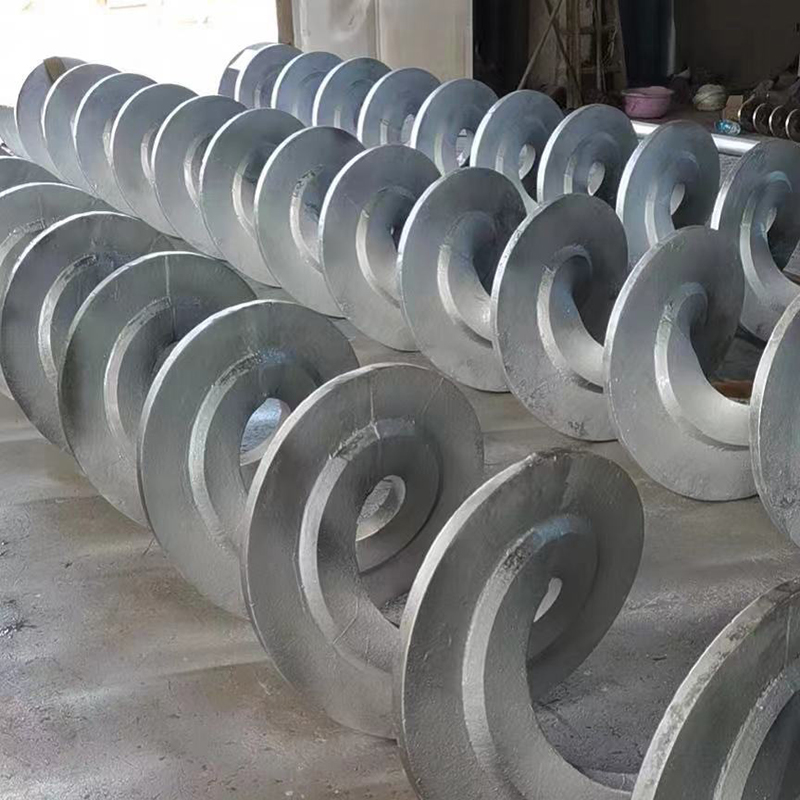
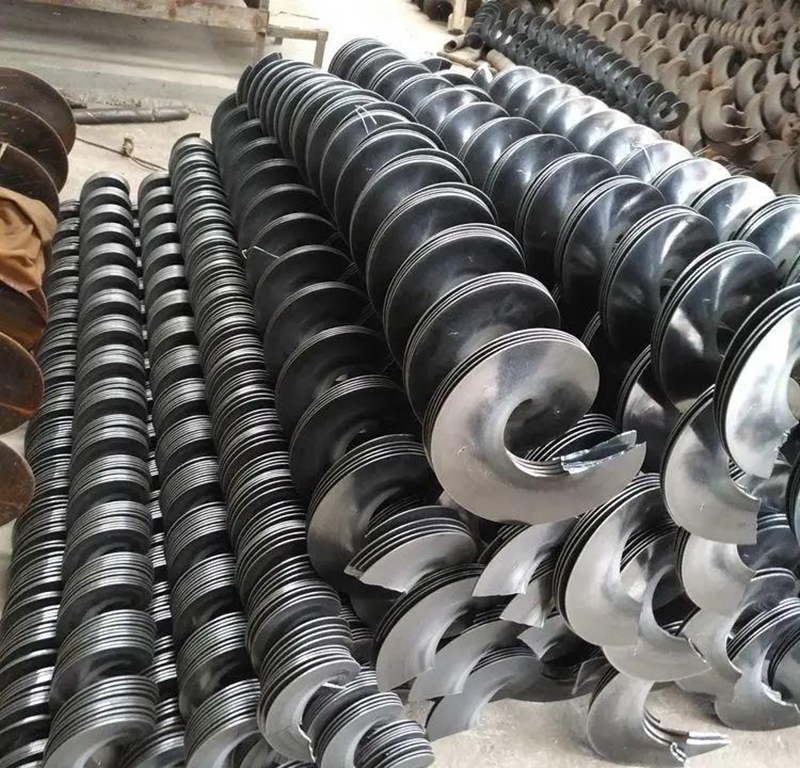
| 产品名称: | 螺旋叶片的保养秘诀揭秘! |
| 关键词: | |
| 行业: | 冶金矿产 - 采矿业 |
| 工艺: | - |
| 材质: |
产品详情
Spiral blade maintenance secrets revealed!
Spiral blades (commonly found in equipment like screw conveyors, mixers, and augers) are core transmission and power components, and their condition directly impacts equipment efficiency and lifespan. Proper maintenance can significantly extend service life, reduce downtime, and improve operational efficiency. Here are key maintenance tips:1. Core Maintenance Strategy: Wear Prevention is the Top Priority
Regularly Check Wear:Use a caliper or thickness gauge to measure blade thickness at key locations (especially the outer edge and root).
Compare the original blade thickness to the new blade thickness and record the wear rate.
Set a Wear Limit: When wear reaches 15%-25% of the original thickness (or a more stringent limit based on material characteristics and the criticality of the equipment), replacement is necessary. Excessive wear can lead to a sharp drop in efficiency, increased power, and even failure.
Overlay/Surface Hardening (for Highly Abrasive Conditions):
For blades conveying abrasive materials (such as ore, sand, gravel, and slag), this is the most effective way to extend blade life.
Apply hardfacing welding to wear-resistant materials (such as tungsten carbide, high-chromium alloy, etc.) on blades prone to wear (usually the outer edge and the material-facing surface).
Alternately, perform heat treatments such as surface quenching, carburizing, or nitriding to increase surface hardness.
Note: Grinding may be necessary after hardfacing to ensure dimensional stability and balance; heat treatment requires professional control to prevent deformation and cracking.
Use wear-resistant liners/replaceable wear strips:
Install wear-resistant liners (such as UHMW-PE, wear-resistant steel plates, or ceramic liners) on the inner wall of the screw conveyor trough to reduce direct friction and wear between the blades and the trough.
Inlay or weld replaceable wear strips (carbide or wear-resistant steel strips) on the outer edge of the blades. When worn, only the wear strips need to be replaced, not the entire blade.
2. Structural Integrity and Joint Stability
Inspect welds and joints:Regularly (especially after major equipment overhauls or abnormal vibration) carefully inspect the welds between the blades and the center shaft, as well as between the blade segments, for cracks and debonding.
Check the blade-shaft key or flange connection bolts for looseness, deformation, or wear.
If cracks or serious defects are found, the machine must be shut down immediately for repair!
Check for deformation:
Observe the blades for permanent deformation such as bending or twisting. Deformation can lead to unbalanced operation, increased friction, or even seizure.
Minor deformation can be corrected; severe deformation requires replacement.
Check balance (especially for high-speed rotating blades):
Uneven wear or deformation of high-speed propellers (such as those in some agitators and centrifuges) can lead to a loss of dynamic balance and severe vibration.
If abnormal vibration is observed, consider checking the blade balance and, if necessary, performing dynamic balancing.
3. Cleaning and Anti-Corrosion/Stick-In
Completely Remove Residual Material:
After shutting down the machine, be sure to promptly and thoroughly clean any residual material in the blades and trough, especially materials with the following properties:
Corrosive: Acids, alkalis, salts, etc. can corrode the blade metal.
Adhesive/Hardening: Wet clay, certain chemical raw materials, food materials, cement, etc., can be difficult to remove after drying and hardening, increasing the starting load and exacerbating wear.
Hygroscopic/Crystallizing: Materials that absorb moisture or crystallize can adhere firmly to the blade surface.
Use appropriate tools (scrapers, brushes, and avoid damaging the blades by excessive impact with hard objects). Clean with water or solvent as necessary (make sure it is safe and harmless to the equipment).
Anti-Corrosion Treatment:
For blades operating in corrosive environments or conveying corrosive materials:
Choose corrosion-resistant materials (such as 304/316 stainless steel, duplex stainless steel, or spray-coated anti-corrosion coatings).
Regularly inspect the anti-corrosion coating for integrity. Repair or reapply any damage promptly.
Keep the equipment interior dry and ventilated during downtime.
Anti-Adhesion Treatment:
For materials that easily adhere, spray or apply an anti-adhesive coating (such as PTFE coating or ultra-high molecular weight polyethylene sheet) to the blade surface.
4. Lubrication (Specific Areas)
Bearing Lubrication:
Ensure that the screw support bearings at both ends receive regular, appropriate lubrication with the correct type of grease or oil. This is key to preventing bearing seizure and resulting blade damage. Follow the equipment manual.
Intermediate Overhung Bearing Lubrication (Long-Distance Conveyors):
If the equipment has intermediate overhung bearings, their lubrication is crucial and often overlooked. They should also be lubricated regularly with high-temperature, waterproof grease as required.
Note: The blade running surfaces themselves generally do not require and should not require additional lubrication unless specifically designed (and to prevent lubricant contamination of the material).
5. Operating Standards: Reduce Abnormal Stress
Avoid Idling: Idling the screw conveyor with no material will cause dry friction between the blades and the trough or liner, increasing wear. Ensure stable material feeding.
Prevent Overloading: Excessive material fill or the intrusion of large foreign objects or metal parts can cause a sharp increase in blade torque, potentially causing blade deformation, fracture, or damage to the drive mechanism. Install overload protection devices (such as safety pins or torque limiters).
Smooth Start/Stop: Avoid frequent sudden starts and stops to reduce shock loads.
Control Feed Characteristics: Ensure uniform feed to prevent the entry of oversized or hard foreign objects.
6. Condition Monitoring and Recordkeeping
Establish a Maintenance File: Record wear, defects found, and repair and replacement status (time, location, part number, etc.) during each inspection. This helps predict lifespan and develop more precise maintenance plans.Listen and Observe: Listen for any unusual grinding or scraping noises during operation; observe for any unusual vibrations. These are early signs of blade deformation, severe wear, or interference with other components.
Monitor Operating Current: Under the same operating conditions, a sustained increase in operating current often indicates increased frictional resistance (possibly due to increased blade wear, material adhesion, or bearing problems).
Summary of Key Maintenance Tips
"Frequently check wear; weld hardfacing for enhanced wear resistance; securely weld and tighten; clean material to prevent rust and sticking; lubricate bearings and avoid reckless operation; record and monitor regularly, and long life will naturally follow."
The key secret lies in prioritizing wear prevention (inspection, hardening, and wear-resistant parts), while also ensuring structural stability and thoroughly addressing issues such as material residue and corrosion and sticking. Combined with standardized operation and meticulous record-keeping, your propeller blades can maintain efficient and long-lasting operation under demanding conditions.
相似产品
更多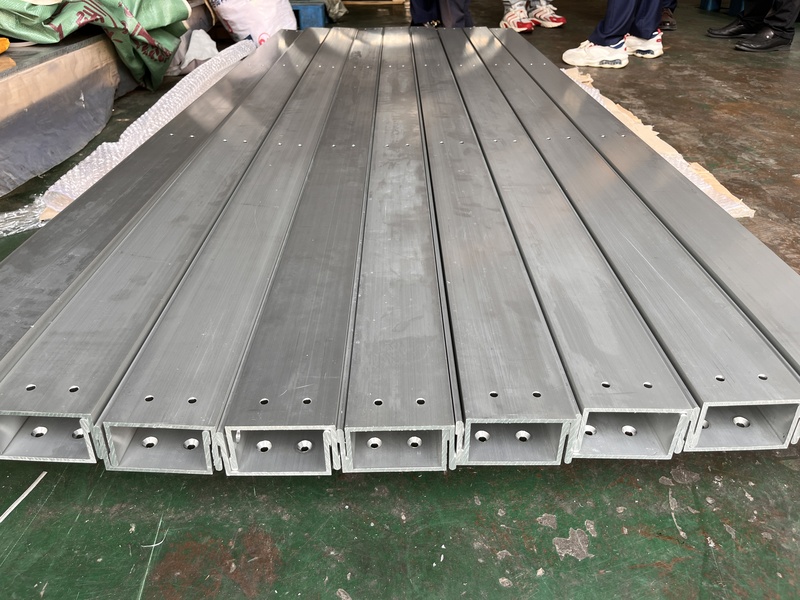
建筑用U型钢型材的精密加工
- 工艺 : 冲压 - 普通冲压
- 材质 : 铝类
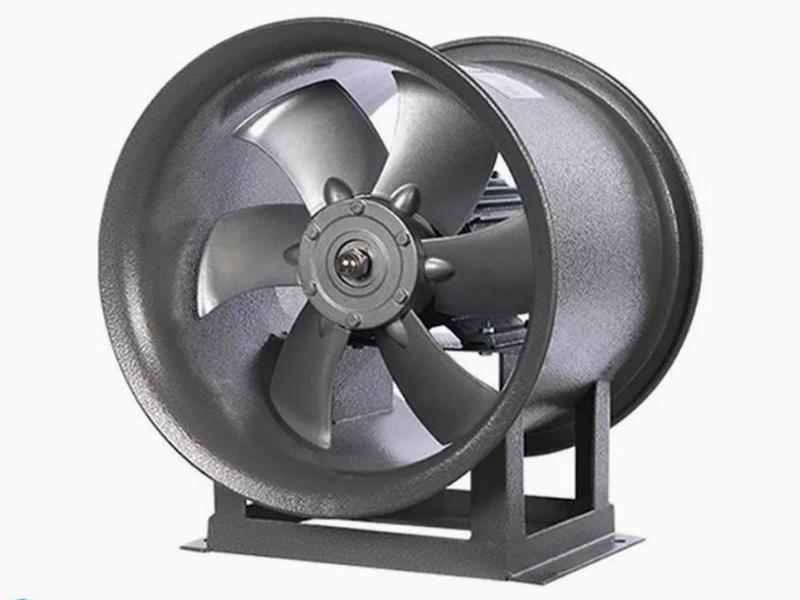
加工轴流风机壳体用到的加工工艺有哪些
- 工艺 : 钣金 - 焊接
- 材质 : 碳钢
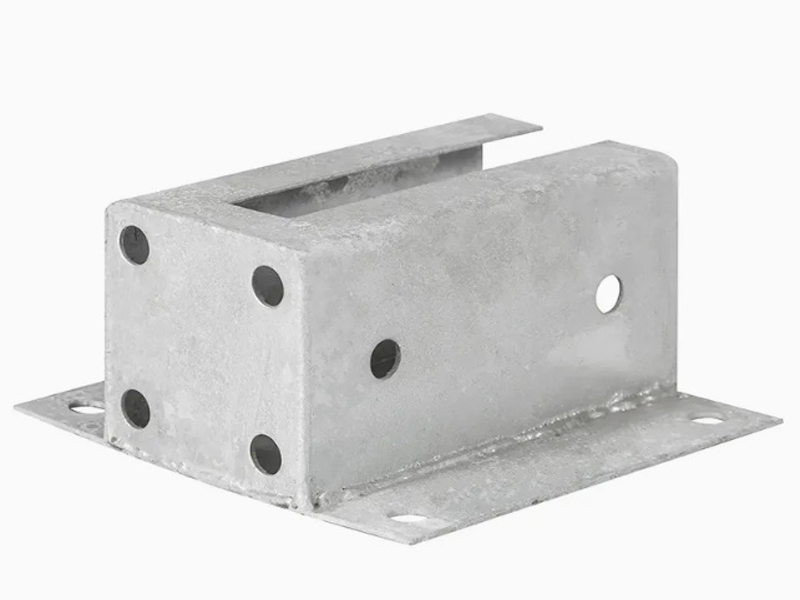
碳钢固定锚板的机加工工艺分析
- 工艺 : 机加工 - CNC铣削或铣削加工
- 材质 : 碳钢
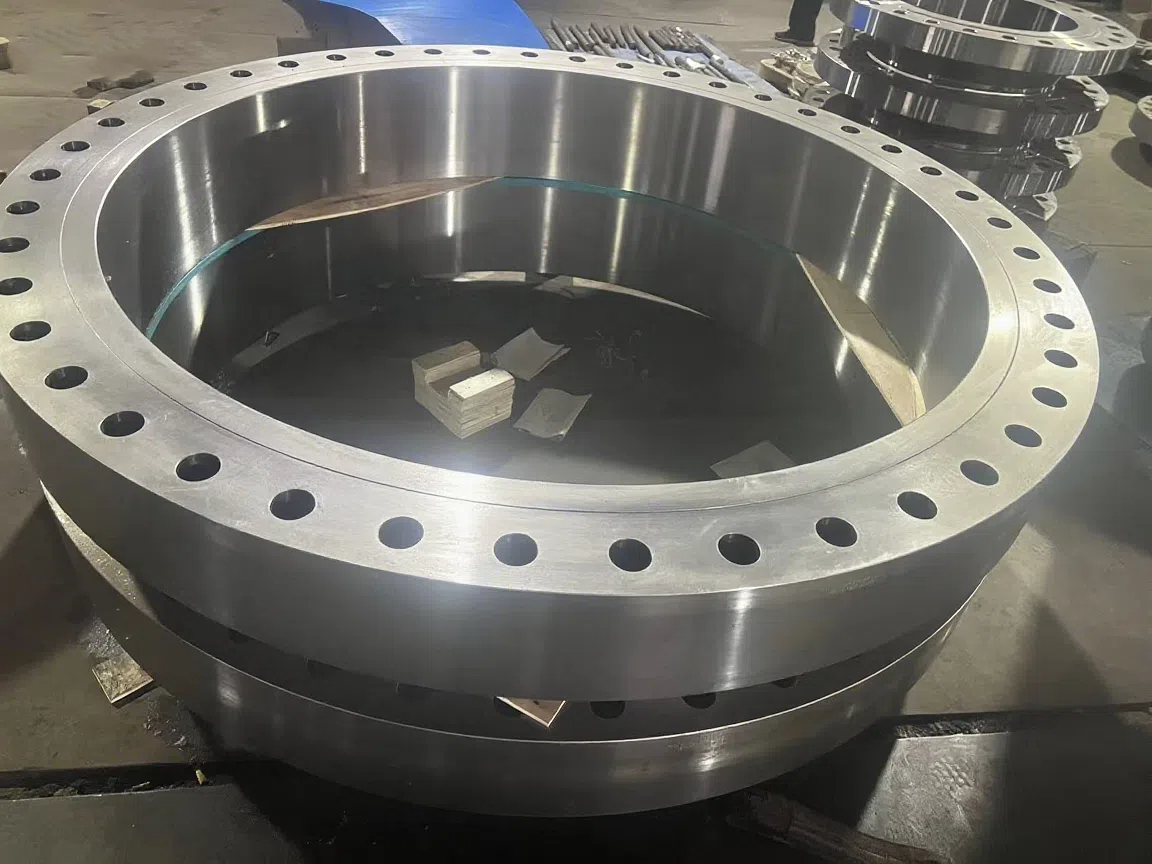
厚壁法兰车铣复合加工与探伤检测
- 工艺 : 机加工 - 车铣复合
- 材质 : 合金钢
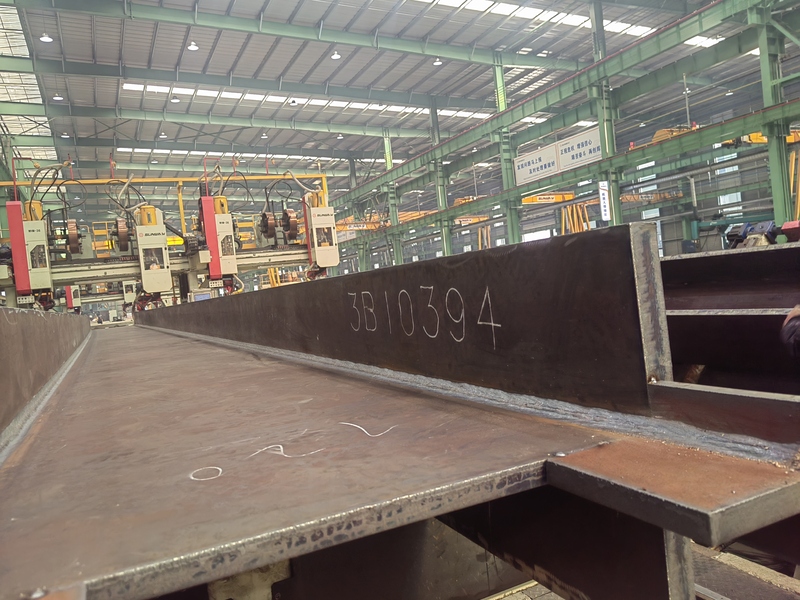
用于建筑工程的S355JR焊接H型梁的定制制造
- 工艺 : 钣金 - 焊接
- 材质 : 碳钢
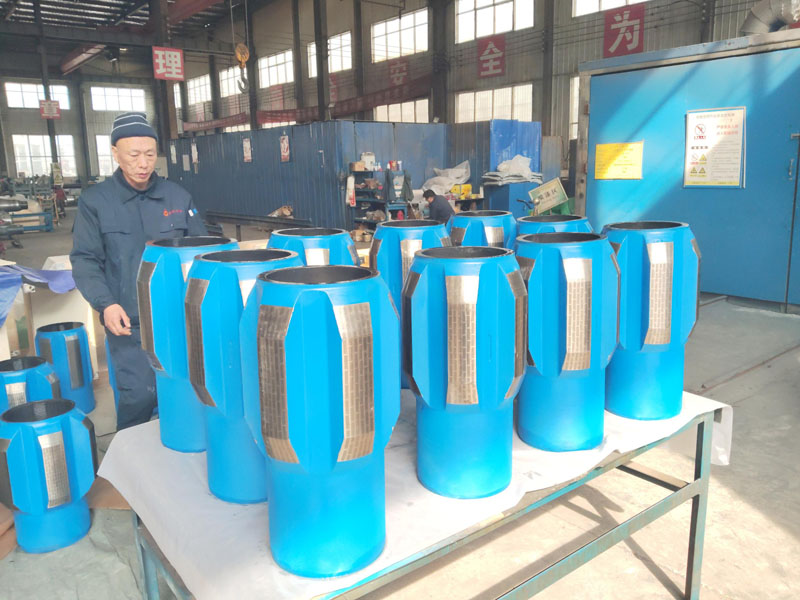
钻头扶正器应用于石油钻井平台
- 工艺 : 机加工 - 五轴加工
- 材质 : 合金钢
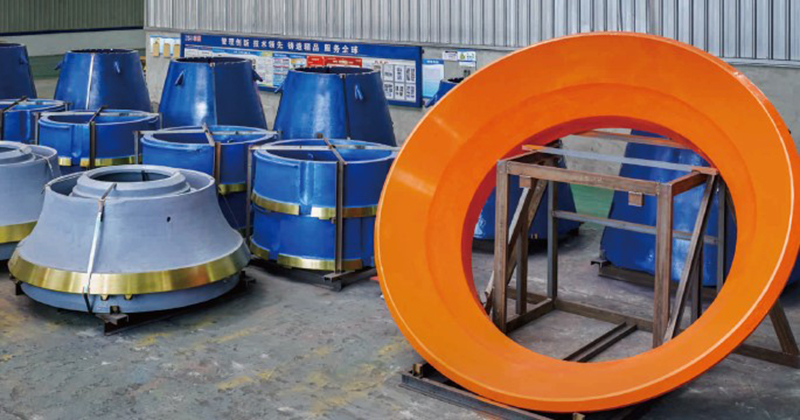
圆锥破碎机破碎壁
- 工艺 : -
- 材质 :
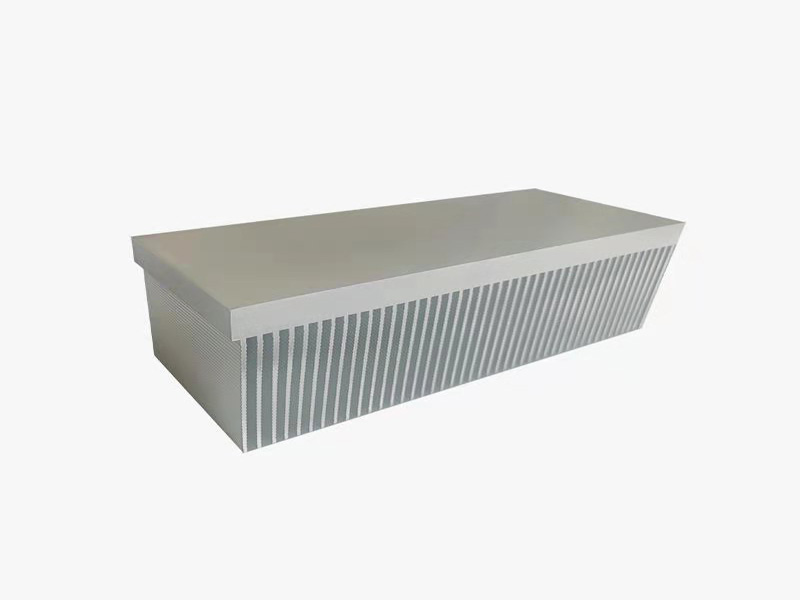
创新铲齿工艺:突破高密度散热技术瓶颈
- 工艺 : 表面处理 - 其它
- 材质 : 合金钢
更多产品
更多
建筑用U型钢型材的精密加工
- 工艺 : 冲压 - 普通冲压
- 材质 : 铝类

加工轴流风机壳体用到的加工工艺有哪些
- 工艺 : 钣金 - 焊接
- 材质 : 碳钢

碳钢固定锚板的机加工工艺分析
- 工艺 : 机加工 - CNC铣削或铣削加工
- 材质 : 碳钢

厚壁法兰车铣复合加工与探伤检测
- 工艺 : 机加工 - 车铣复合
- 材质 : 合金钢

用于建筑工程的S355JR焊接H型梁的定制制造
- 工艺 : 钣金 - 焊接
- 材质 : 碳钢

钻头扶正器应用于石油钻井平台
- 工艺 : 机加工 - 五轴加工
- 材质 : 合金钢

圆锥破碎机破碎壁
- 工艺 : -
- 材质 :

创新铲齿工艺:突破高密度散热技术瓶颈
- 工艺 : 表面处理 - 其它
- 材质 : 合金钢